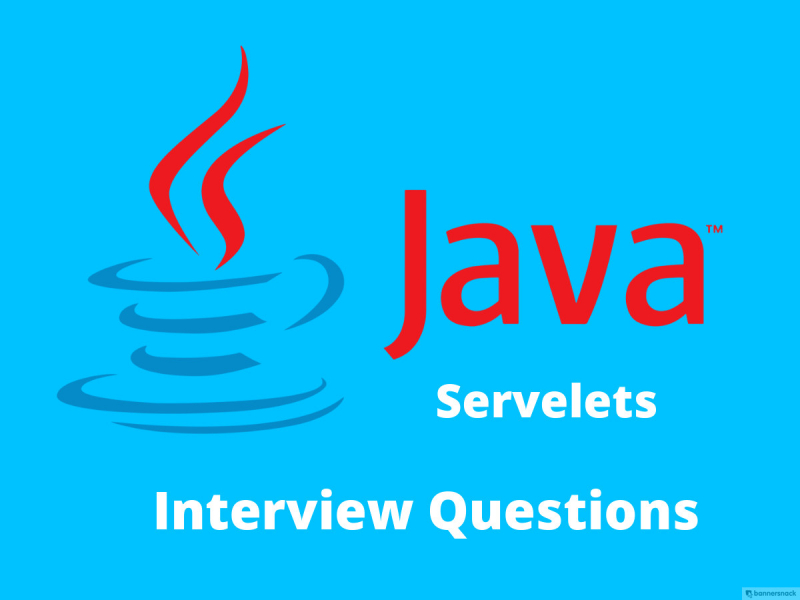Applications that are executed by Servlet container are: -
These containers are beneficially in communication as it provides the best and easy method to communicate between servlet and web client or browser and JSPs. In the absence of a container, there is a need of server rocket which listens to the request from the browser and then analyzes it. When it is done, it generates the response to the request. All this process is very time-consuming. But with the container the whole process is fast. The container itself perform all these difficult tasks, users only have to concentrate on the business logic for the applications.
- Life cycle and sources handling
servlet handles many tasks like carrying of servlets into memory, starting the servlets, summoning servlets tasks, gives services like JNDI and much more.
As discussed earlier, the container provides a different thread to the servlet for every request. With this, times and memory both are saved.
JSP is originally looked different from the ordinary java classes. JSP is first selected by the container and then changed it to the Servlet. After that, it is handled by the container same as the other servlets
Scarlet provides a lot of applications that help the clients to work on it easily and make them comfortable. Some of these applications are
- It handles the resource pool
- It makes memory optimizations
- Servlets act as the garbage collector too
- It addresses security arrangements
- It is very supportive of various tasks
- It is also efficient in hot deployment tasks
- It handles so many tasks in the background that is very useful for a developer.

